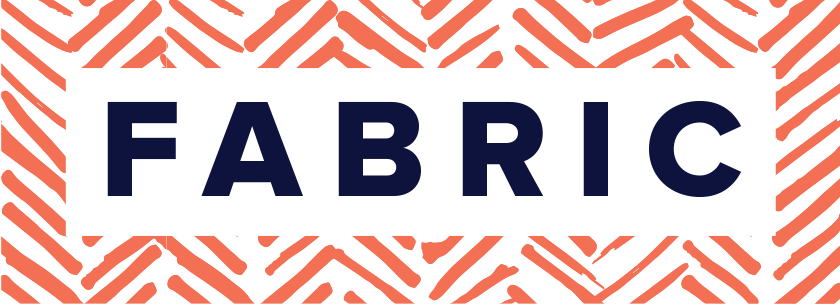
Today, there are a myriad of factors external to organizations that impact how effectively employers are able to attract and retain the best talent in the marketplace.
Such factors include perceived imbalance between work and personal time, often-limited supply of qualified labor, differing preferences and values by a multi-generational workforce and a pervasive disengagement of employees across the spectrum.
Given these external challenges, it is imperative for companies to focus on the employment factors that they do control.
There are qualitative and quantitative costs to the business in losing valuable employees, which can include recruitment dollars, re-distribution of work across existing limited resources, decreased team morale and lost customer relationships. Studies estimate the cost of replacing employees to be between 50 percent and 150 percent of salary.
Organizational commitment at the individual level is driven by the extent to which employees are personally connected to co-workers, engaged by their work and motivated by the organization’s purpose. Simply put:
People want to like who they work with
People want to like who they work for
People want to do interesting work and
People want to know how what they do
contributes to the bigger picture

In general, employers exert a tremendous amount of control in delivering what employees value. To create a workplace where employees are truly engaged and committed to the organization over the longer term, companies need to establish their own unique FABRIC to managing talent that is guided by an effective People (Human Resources) team. FABRIC is fundamental to an organization and represents the distinctive ways in which employers weave together their approach to people, culture and ultimately, performance. Essentially:
F
Organizations must establish a solid FOUNDATION where great teams can flourish and contribute through a clear and focused agenda around talent shepherded by a well-defined and effective HR team.
A
ALIGNMENT of the people and business strategies is critical to ensure both the urgent and the important work are appropriately prioritized and resourced and that employees have a clear line-of-sight connecting their individual goals to the overall mission of the organization.
B
Helping leaders define and embed critical BEHAVIORS is required to ensure there are clear expectations regarding the organization’s culture and how people are expected to work together. It is important to focus equally on both “The How” and “The What.”
R
Organizations must have the RIGHT structure, RIGHT people and RIGHT processes to best ensure the RIGHT decisions and strategies are implemented on behalf of the organization. This applies to the People team specifically and to the overall organization.
I
Providing an INTEGRATED approach to managing today’s talent is critical; all aspects of the employee experience from recruiting to rewards need to be relevant, easy-to-understand, and purposeful to the organization.
C
Leading with CULTURE, Owning CHANGE and Open COMMUNICATIONS are core skills that every leader must possess. Businesses are dynamic entities and must be equipped to manage change that is both on going and episodic. Change may lead to alternative business strategies, require new behaviors and therefore impact the corporate culture that truly establishes the norms and expectations around which people work together.
